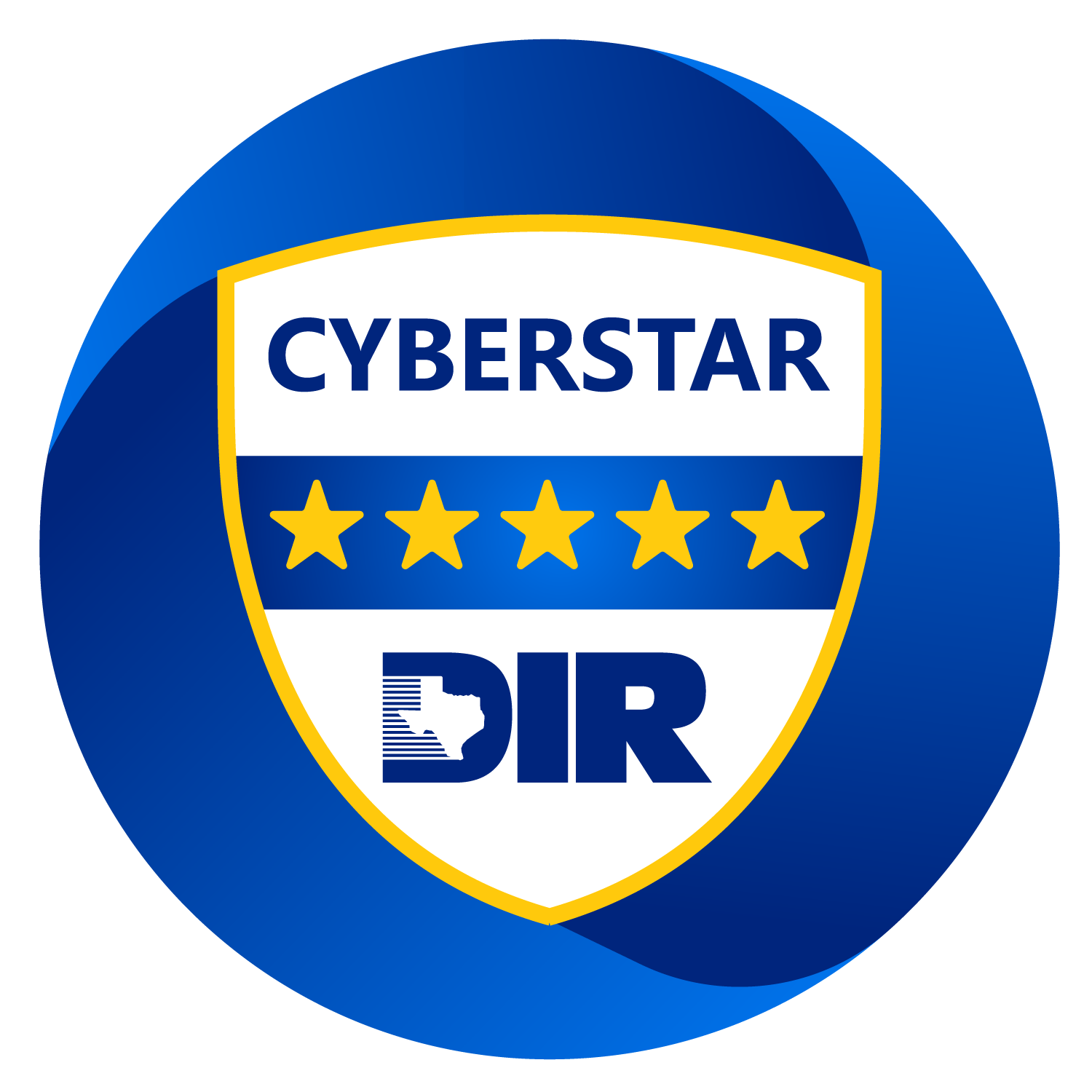Security architecture forms the backbone of an organization’s ability to protect sensitive data, systems, and operations from cyber threats. Rather than a single tool or strategy, it is a comprehensive framework encompassing technologies, protocols, processes, and personnel. These elements work together to detect, prevent, and mitigate the effects of potential cyberattacks. In an era where businesses face increasingly sophisticated threats, from data breaches to ransomware attacks, having a robust security architecture isn’t just an option—it’s essential. It provides the structured defenses necessary to navigate the complex cyber threat landscape and ensure the ongoing security and resilience of your business operations.
Security Architecture, Defined
Security architecture is the strategic design and integration of security measures within an organization’s IT infrastructure. It encompasses the policies, principles, and procedures to safeguard an organization’s data and systems. At its core, it defines how various components—software, hardware, networks, and personnel—are organized to enforce security protocols and respond to incidents.
An effective security architecture provides a cohesive and scalable framework, enabling businesses to adapt to new emerging risks. Rather than taking a reactive approach to threats, a well-designed security architecture proactively identifies vulnerabilities and strengthens defenses, protecting critical assets from attacks before they occur.
What are the Key Components of Cybersecurity Architecture?
Security Framework
Security frameworks provide standardized guidelines for building and maintaining a robust security architecture. These frameworks ensure consistency in risk management practices and cybersecurity controls, helping organizations align their security measures with regulatory requirements and industry best practices.
Access Management
Access management is the practice of controlling who has access to data, systems, and resources. It involves implementing technologies like multi-factor authentication (MFA), single sign-on (SSO), and role-based access control (RBAC). These mechanisms ensure that only authorized individuals can access sensitive systems, reducing the risk of internal and external threats.
Network Security
Network security refers to the practices and technologies designed to safeguard the integrity, confidentiality, and availability of an organization’s network. It includes firewalls, intrusion detection and prevention systems (IDPS), and virtual private networks (VPNs) that protect data as it moves across the network.
Endpoint Security
In today’s distributed workforce, employees use various devices to access corporate systems. Endpoint security protects these devices—whether desktops, laptops, smartphones, or IoT devices—from malware, ransomware, and other forms of attack. Anti-virus software, encryption, and device management solutions fall under this category.
Data Security
Data security revolves around protecting both data at rest (stored data) and data in transit (moving data). It can include encryption, tokenization, data masking, and secure data destruction to ensure sensitive information is shielded from unauthorized access, theft, or breaches.
Application Security
Application security involves securing software applications from vulnerabilities that attackers can exploit. This component includes regular code reviews, vulnerability assessments, penetration testing, and the use of application firewalls to prevent common exploits like SQL injection and cross-site scripting (XSS).
Security Monitoring and Incident Response
Monitoring involves continuously observing network and system activities to detect and respond to suspicious behavior. Security Information and Event Management (SIEM) systems and security operations centers (SOCs) are central to this function. Also, incident response plans ensure that, when an attack occurs, the organization can swiftly and effectively mitigate its impact.
Identity and Access Governance
Identity and access governance (IAG) refers to policies and technologies that monitor and manage how users access systems and data. This component ensures compliance with regulations and internal policies by automating the approval and monitoring of access requests, ensuring that rights are granted in line with an individual’s role.
5 Benefits of Security Architecture
Proactive Threat Prevention
A robust security architecture provides proactive defenses, detecting and mitigating threats before they can disrupt operations. By building a layered security model, organizations can prevent unauthorized access and avoid costly breaches and data loss.
Enhanced Compliance
Many industries are subject to strict regulations regarding data security and privacy. A well-designed security architecture ensures that organizations can meet compliance requirements. It reduces the risk of penalties and enhances trust with customers and partners.
Improved Operational Efficiency
When security measures are baked into the IT architecture, it creates efficiencies across the board. Automated processes like identity governance or threat detection systems reduce manual intervention and response times, allowing IT teams to focus on strategic initiatives rather than firefighting security incidents.
Scalability and Flexibility
As businesses grow and adopt new technologies, a scalable security architecture ensures that protections can expand seamlessly. Whether integrating new cloud services or scaling operations to new regions, the security framework adapts to keep pace without requiring a complete overhaul.
Increased Business Continuity
A key benefit of security architecture is its ability to maintain business continuity in the face of disruptions. With comprehensive disaster recovery and incident response plans built into the security architecture, businesses can quickly recover from attacks and minimize downtime.
Discover Network Security Solutions with Cynergy Technology
Whether on-premises, in the cloud, or hybrid, a security architecture design can safeguard your organization’s sensitive digital assets. Cynergy Technology is a leading provider of network security solutions with over forty-two years of experience. Our team of experts can help you build and maintain a robust security architecture for your organization’s unique needs. By partnering with Cynergy, your enterprise can remove the burden of managing the complex elements of securing an IT infrastructure and return to doing what you do best—running your organization. Contact Cynergy today for a free consultation!







